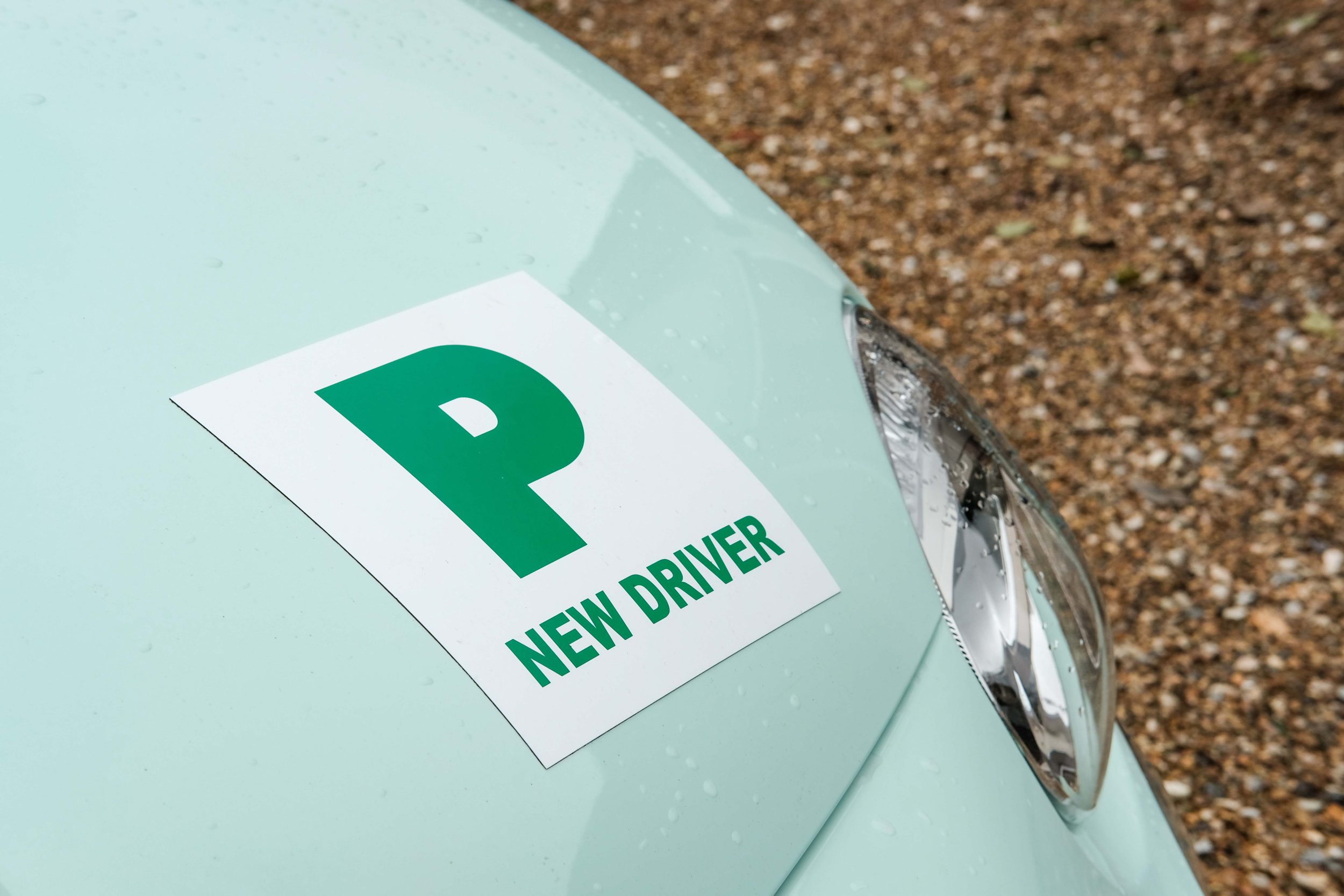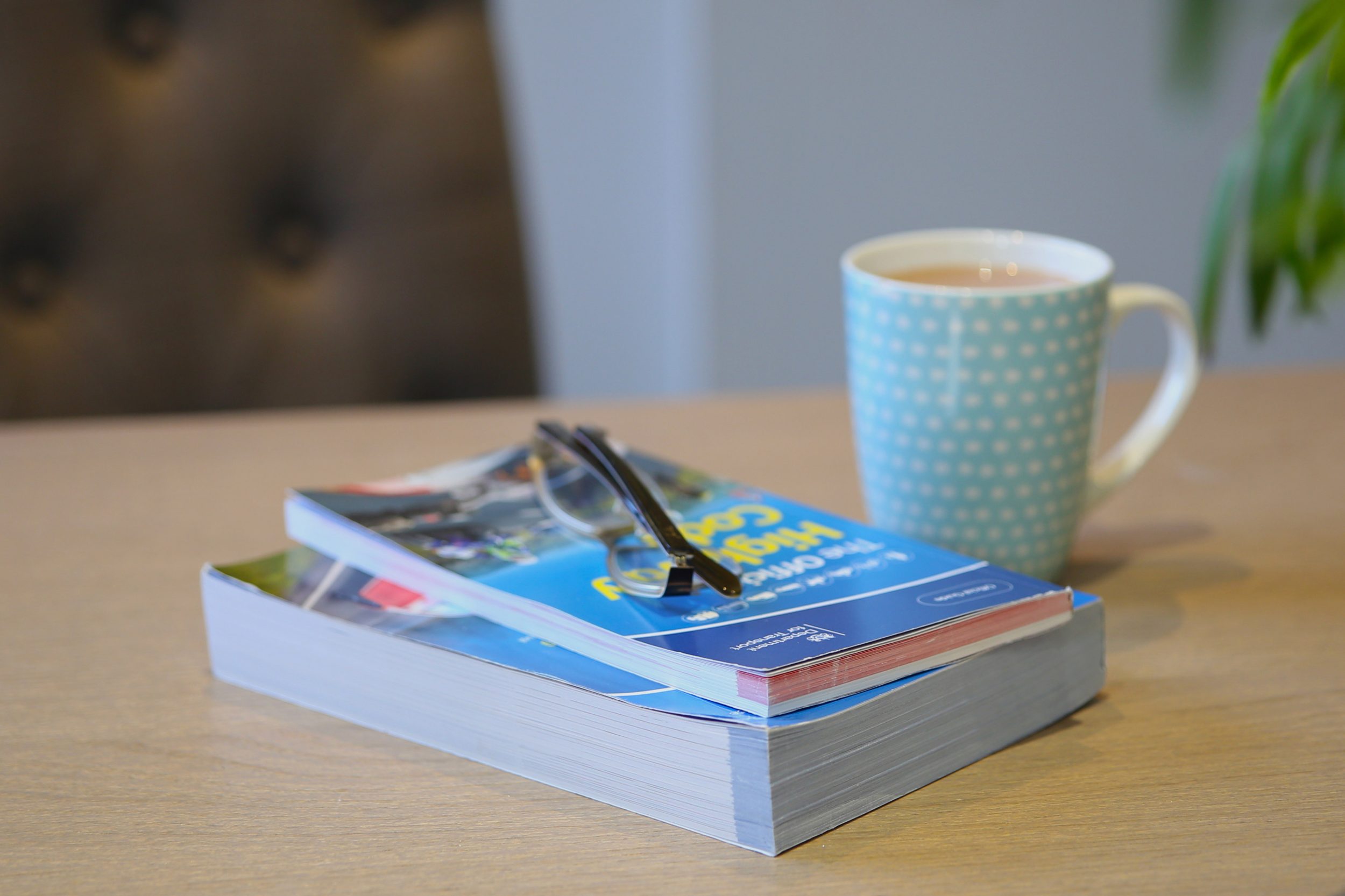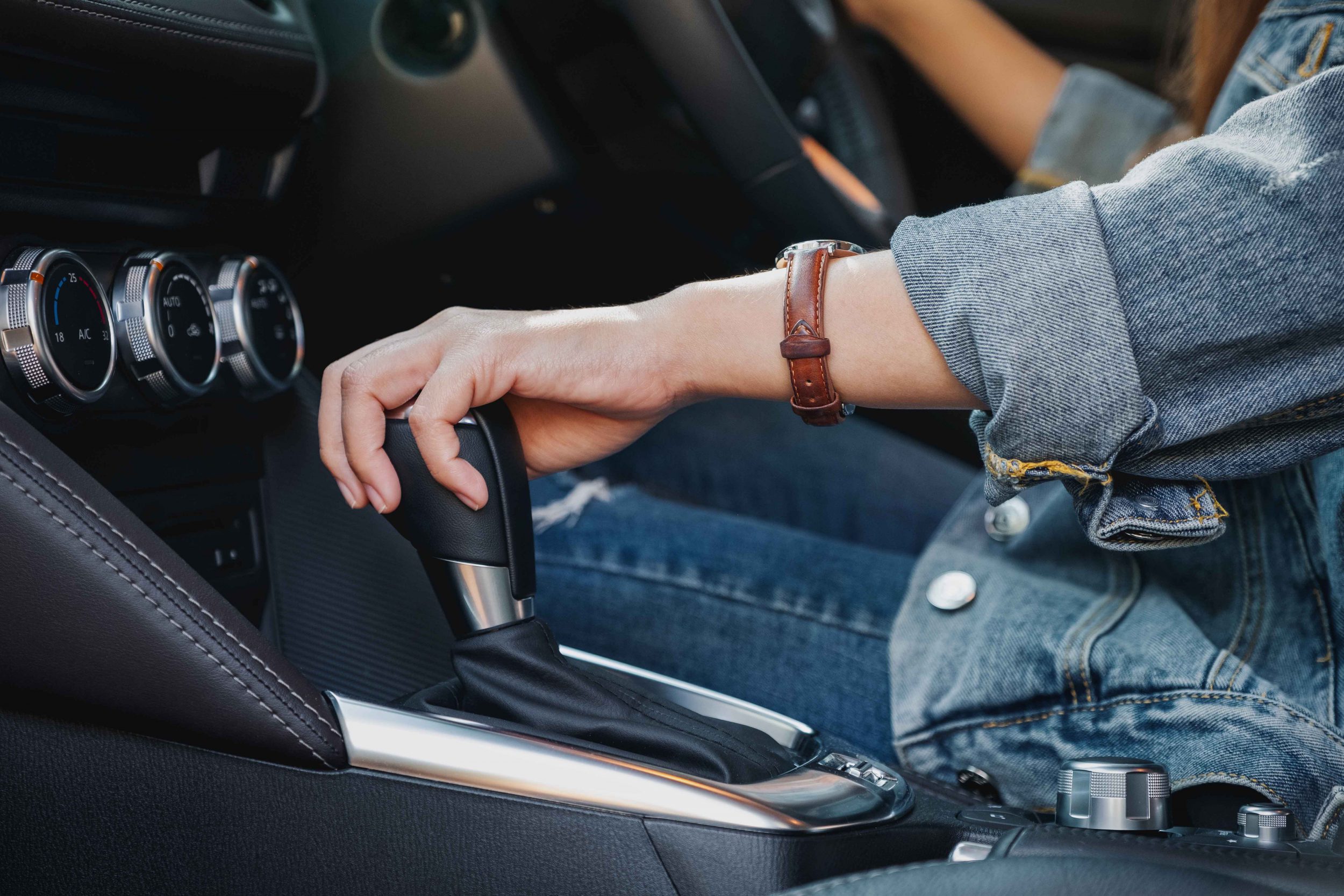Learning to drive can be an exciting milestone, but preparing for test day can be a daunting experience. If you’re wondering how to pass your driving test first time, this guide will help you to feel confident and prepared with expert advice and top tips.
Tips on how to pass your driving test
When it comes to passing your driving test, preparation is key. Whilst your weekly driving lessons are a good starting point, there are plenty of other things you can do to boost your chances of passing your test. Here are some of our top tips that should help you pass your driving test.
Practice between lessons
The more driving experience and time you spend on the roads, the more confident you’ll feel on test day. It’s a good idea to try to practice with a parent or family member between lessons to build on what you have learnt with your instructor. Not only will this give you extra time to practice manoeuvres or other elements of driving that you’ve been struggling with, it will give you the chance to experience driving at different times of day, on different types of roads and in different traffic conditions.
When practising with a friend or family member between lessons, you, the car and the supervising driver must meet certain legal criteria, as well as that of your insurer. For further details, you can take a look at our full acceptance criteria.
Don’t rush the process
Whilst it’s understandable to want to pass your driving test as quickly as possible, especially with the cost of learning to drive increasing year on year, it is important to not rush the process. Everyone learns at a different pace and it’s better to wait to take your test until you feel ready and your instructor agrees that you’re as prepared as you can be to take the test. Taking the test before you’re ready could cost you more money in the long run and knock your confidence.
Try a mock test
One of the most effective ways to prepare for your driving test is to take a mock test with your instructor or your supervising driver. According to gov.uk’s Ready to Pass campaign, learner drivers who take a mock test are 40% more likely to pass their real test.
A mock test will take you through what you will experience on a real test and give you a taste of what you can expect on test day. It’s a good way to experience some of the pressure of test conditions and highlight any areas you might need to practice or improve on before you take your test.
Choose your test time wisely
You should avoid booking your test around busy times, such as when you have exams or have just come back from a holiday. You’ll want to feel calm and focused on the day, and not thinking about other things. Where possible, book a time of the day to take your test when you have already experienced the traffic and road conditions you could expect around that time.
Get to know the test area
It is helpful to familiarise yourself with the likely test routes of your chosen test centre. Tests usually take place on one of several routes local to the test centre, and there are even websites that you can visit that will list all the potential routes for your local test centre.
Practise driving on these roads to familiarise yourself with the conditions, speed limits and junctions of the routes. It can be helpful to practice these routes around the same time of day that you have booked your test. This will give you an idea of traffic conditions and any particularly busy spots or if there are any tricky areas like roundabouts or busy junctions. It’s worth getting as much experience of these as you can so you’ll feel extra confident and prepared when it comes to test day.
Practise driving in different conditions
You won’t always get perfect conditions on test day, so it’s a good idea to practice driving in all different kinds of weather conditions. This will ensure you don’t panic on test day if the weather turns and visibility changes.
Get out practising on the roads when it’s rainy, dark, foggy or even in bright sunlight to ensure you’re prepared for all eventualities. Being able to get behind the wheel in minutes is a bonus of learner driver insurance, allowing you to make the most of practising in changeable conditions.
Fit in a lesson beforehand
Having a lesson just before your test can help you to get into a confident mindset and ask any last-minute questions you might have. You’ll be able to go through any manoeuvres you might want to check past your instructor and familiarise yourself with the roads around the test centre. You shouldn’t book this lesson to last too long though as you won’t want to lose your concentration or tire yourself out before your test time.
Use your instructor’s car
Where possible, you should try to take your test in your instructor’s car. After having so many lessons in it, you should feel comfortable with how it drives and be familiar with where everything is. If you aren’t confident in your instructor’s car then you can choose a car you are confident and familiar with, such as a parent’s car you’ve been practicing in. This will remove any extra stress on the day if you can be confident the car won’t give you any surprises.
Manage your nerves
Feeling nervous on test day is normal, but letting your nerves take over can impact your performance. The Ready to Pass campaign suggests that 1 in 10 people who fail the driving test say it was mostly down to nerves. Remember, examiners will know and expect learners to be anxious on test day, they won’t be expecting perfection just simply to see that you are safe and competent on the roads.
Some top tips for managing your nerves on test day are:
- Plan ahead and take your test when you’re ready
- Get a good night’s sleep the night before your test day
- Avoid caffeine if it makes you jittery
- Be positive – you’ve prepared for this so believe you can do it
Show up on time
To avoid any unnecessary worry or stress, you should make sure you show up on time to your test and leave plenty of time to get there. It is advisable to arrive 10-20 minutes beforehand to give yourself time to prepare. Being late to your test could result in it being cancelled altogether or you’ll feel rushed and stressed if you arrive late and can still go ahead with your test.
Get organised
On the day, make sure that you have all of the documents that you will need for your test, including your provisional licence and your theory test certificate. Forgetting these documents could mean that you aren’t able to take your test on the day.
Ask your examiner to repeat themselves
If you miss or don’t understand something your examiner has said, don’t be afraid to ask them to repeat themselves or further explain what they are wanting you to do. This is far better than guessing and risking a mistake.
Exaggerate observation checks
A large portion of minor faults in driving tests are due to lack of observation. This means the driver didn’t adequately check surroundings for hazards or other road users when appropriate.
This is an easy fix, and something you can make sure doesn’t cost you your pass. Whilst examiners are looking out for you to check your mirrors and blind spots, it sometimes isn’t always obvious when a driver is doing so, so exaggerating these actions will ensure that the examiner definitely sees you doing your observation checks.
Don’t give up prematurely
Making a small mistake during your driving test doesn’t always mean that you’ve failed. If something goes wrong, such as stalling, try not to dwell on it or let it affect the rest of your time on the road. Whilst you may be given a minor fault, you’re still likely to pass as long as you haven’t made any major or dangerous errors.
Focus
This may seem obvious, but you should try not to let nerves or external distractions get in the way. If you know you’re easily thrown off by anxiety or stray thoughts, try practising mindful techniques in the weeks before your test to give you the best chance of being able to focus on the day.
Listen to feedback
At the end of your test, whether you have passed or failed, your examiner will give you feedback. Try to retain this information and take it on board. If you have passed, it will help you to become a better driver, and if you’ve failed it’ll help to guide you on what you need to work on before you take the driving test again.
Most recent updates to the Highway Code
Knowing the latest rules of the road is an essential part of how to pass your driving test. In January 2022, several key changes were made to the Highway Code, particularly around protecting vulnerable road users.
Hierarchy of road users
The new rules around hierarchy mean that drivers must give way to pedestrians when turning into a road or on a zebra crossing. Drivers must also give way to both cyclists and pedestrians on a parallel crossing.
Overtaking
Drivers can now overtake a cyclist or horse-rider by crossing a double-white line if it’s safe to do so and as long as the rider or cyclist is travelling at less than 10mph.
Opening car doors
When opening a car door from inside the car, drivers and passengers are advised to use the ‘Dutch reach’ technique. This is a simple technique for opening car doors safely. Instead of using the hand closest to the door, you should use your hand further from the door. This forces you to reach across your body to look out the window for approaching hazards before opening your door. The idea of this is to make it less likely to cause accidents to cyclists or pedestrians when opening car doors.
FAQs about passing your driving test
Is it easy to pass your driving test?
Preparing to pass your driving test takes a lot of time and practice. The average pass rate for the first 6 months of 2025 is around 49.5%, which shows that passing your test is no easy task. But don’t let this put you off. By following the best practices in this guide, from mock tests to extra time behind the wheel with your parents, you can significantly improve your chances of passing your driving test.
How many lessons does it take to pass your driving test?
According to the DVSA, on average it takes around 45 hours of driving lessons and 22 hours of extra driving practice outside of lessons before a learner is ready to take and pass their driving test. However, this is just a benchmark and everyone learns at different speeds. Some learners may feel test-ready sooner than this number and others may need more time to build confidence and practice their driving skills.
Do I need a driving instructor to pass my test?
Professional driving lessons with an instructor are beneficial, but they aren’t a legal requirement. You can just as easily pass your test using private practice alone. For learners opting for private practice with parents, our helpful guide explains everything you need to know about learning to drive with parents.
How many marks are required to pass your practical driving test?
To pass your driving test, you must make no more than 15 minor driving faults and have no serious or dangerous faults (majors). Minors are small mistakes such as not using signals correctly and majors are dangerous mistakes such as endangering other road users.
How many people pass their driving test first time?
According to the DVSA, 48.1% of people passed their driving test on their first attempt in the 2023-2024 financial year. This shows that passing first time is achievable, especially if you make sure you are properly prepared before taking your test.
Get driving test ready with cover from Dayinsure
If you’re starting to learn to drive or are thinking about getting in some extra driving practice with friends or family members, you’ll need to make sure that you’re properly insured. Whether you’re using your own car, or borrowing someone else’s, Dayinsure’s learner driver insurance is the perfect solution.
Our learner driver insurance covers you for the time you need it, meaning you can practice your driving without having to pay for cover when you won’t be using the car. With cover available from 1 day to 5 months, you can get in plenty of experience behind the wheel before test day.
Get a quote today and you can be on the road in minutes.



